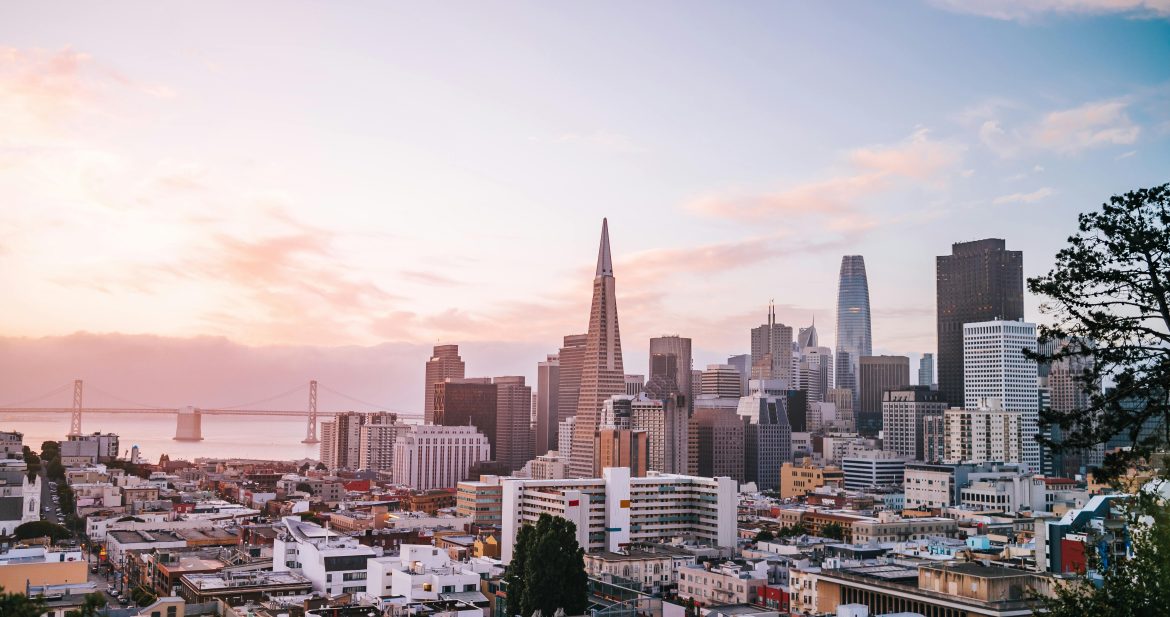The U.S. Department of State announced on 6 September 2025 a significant shift in visa policy: nonimmigrant visa applications must now be filed only in an applicant’s country of nationality or legal residence. This means the long-standing practice of “third country” applications, where travellers booked interviews in any U.S. consulate that had shorter waiting times, has effectively ended.
According to the Department’s notice, this measure is intended to improve document verification and curb fraud. By anchoring applicants to their own country or their place of lawful residence, consular officers can more easily confirm identity, ties, and local records.
How the Rule Works in Practice
From now on, a tourist from India who lives in Singapore can apply either in India or in Singapore, but not in a random embassy with shorter wait times. The only exceptions apply to nationals of countries where the United States does not offer routine nonimmigrant visa services. For instance, Afghans must continue to apply in Islamabad, Cubans in Georgetown, Guyana, and Venezuelans in Bogotá. Iranians are directed to Dubai, while Belarusians and Russians are channelled to embassies in Vilnius, Warsaw or Astana, depending on the case.
This seemingly technical change has immediate practical consequences. International students who once scheduled a quick appointment in a neighbouring country while travelling, or business travellers seeking faster interviews elsewhere, must now plan around the queues and capacity of their home or residence country’s U.S. mission.
Other New Measures from Washington
The September announcement is part of a wider tightening of U.S. entry policies. Earlier this month, the government reintroduced mandatory in-person interviews for almost all visa categories, effectively ending most interview waiver programs. A Visa Integrity Fee of $250 is slated to take effect around 1 October 2025 to help fund compliance monitoring, while travellers from Visa Waiver Program countries will soon pay $40 instead of $21 for ESTA authorisations. There is also a pilot visa bond scheme requiring certain high-risk B-1/B-2 applicants to post refundable bonds of up to $15,000.
These steps create a layered system of checks and financial hurdles aimed at discouraging overstays and strengthening border security.
Implications for Travellers and Businesses
For many applicants the most immediate effect will be longer wait times. Some U.S. embassies already struggle with heavy demand, and forcing all applicants to their country of nationality or residence will increase local backlogs. Costs are likely to rise as well. A Pakistani living in Dubai, for example, may face higher expenses if compelled to fly home for an interview, and students or workers on temporary postings abroad will need to coordinate travel carefully.
Travel industry analysts warn that these added costs and uncertainties could dampen both leisure and business travel to the United States, at least in the short term. Large conferences, universities and multinational firms are expected to feel the pinch as prospective visitors factor in longer lead times and higher fees.
Looking Ahead
Whether these changes achieve their stated goals of improving integrity and security remains to be seen. For now, anyone planning to visit the United States, whether for study, tourism or business, should check the U.S. embassy website for their country of nationality or legal residence, book appointments far in advance, and budget for the new fees. The era of shopping for the quickest U.S. consular post anywhere in the world is, at least for now, over.





